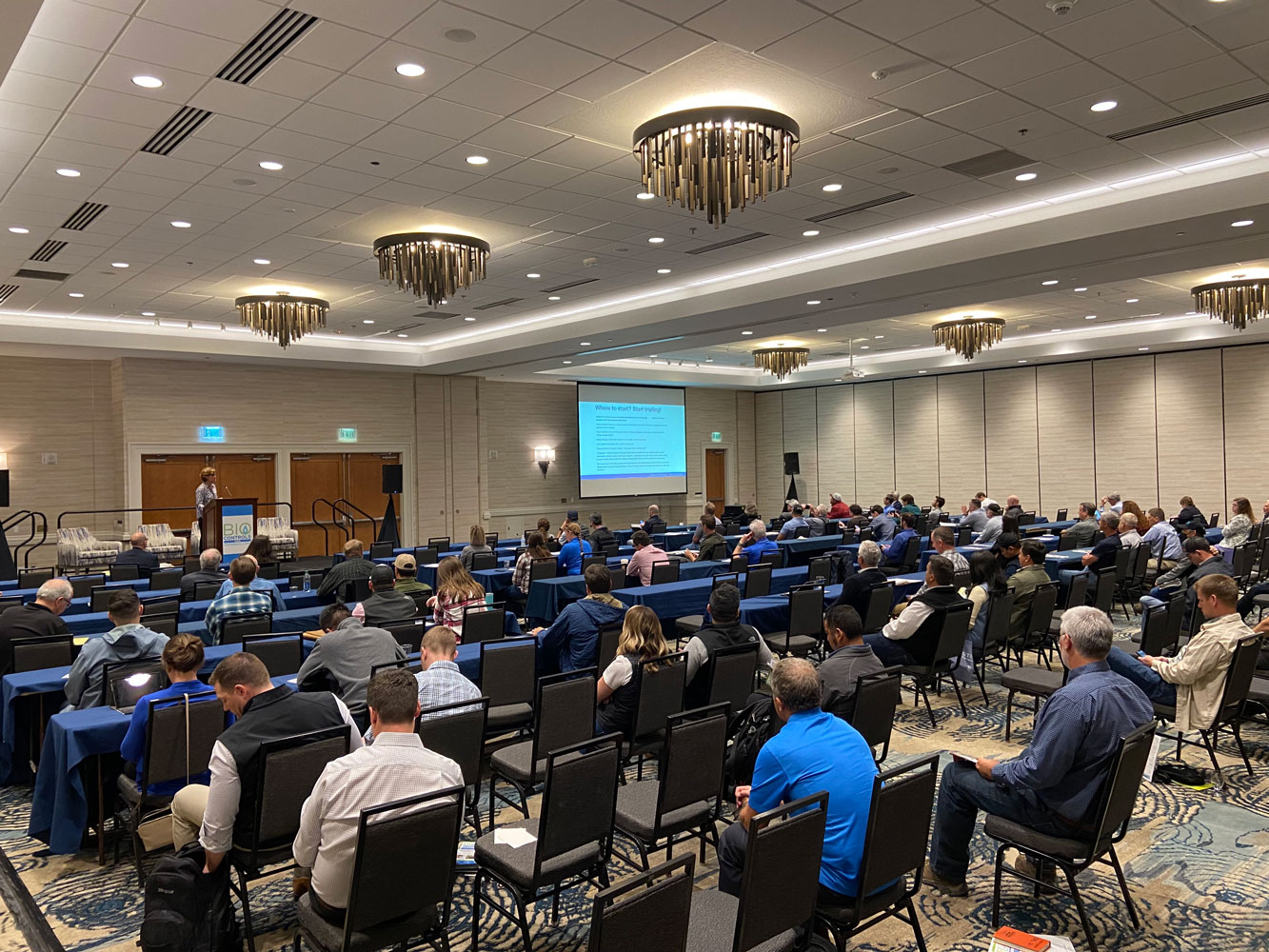Better Training in Applying Biologicals Gets Results
 In the session “Application Tips and Technology: How to Use the Tools” at the Biocontrols USA Conference and Expo in early March, a group of biological experts working in multiple areas of specialty crops, from controlled environment growing (CEA) to fruit and vegetables, discussed how to overcome different application challenges. Scott Ockey, Field Development Manager – Western U.S., Certis Biologicals, moderated the panel.
In the session “Application Tips and Technology: How to Use the Tools” at the Biocontrols USA Conference and Expo in early March, a group of biological experts working in multiple areas of specialty crops, from controlled environment growing (CEA) to fruit and vegetables, discussed how to overcome different application challenges. Scott Ockey, Field Development Manager – Western U.S., Certis Biologicals, moderated the panel.
They quickly agreed a major impediment to good results is a lack of proper training in applying biologicals.
“Your results are only as good as your application,” said Gina Colfer, Key Account Manager – Organics at Wilbur Ellis Co.
Even pest control advisors and university researchers face a knowledge gap, said Michael Brownbridge, Biological Program Manager at BioWorks, Inc. Biologicals are targeted organisms, he said, and it requires a shift in mindset when planning how to apply.
Colfer gave a few examples. The time of day can have a big impact. Is it too dry in the afternoon to support microbes? Then timing applications overnight when it’s cool and moist is a better option.
If you’re using beneficial insects, you’ll need to consider which stage in its life cycle matches the crop’s growing stage and field conditions, she said.
There’s more completed research in greenhouse conditions, Brownbridge said, offering CEA growers more resources.
For field growers, Colfer says, third-party data is vital for reliable guidance.
Chandler Bennett, President and Founder of Parabug, discussed the advances in drone application techniques. It’s come a long way and promises to expand much further when regulators update rules blocking next stages.
One major advancement is variable rate abilities. To be fully adapted, however, manufacturers must make the software as easy to use as possible.
Looking forward, if regulations related to line-of-sight and multiple-drone-use ease, it will move drone application forward tremendously. Currently, line-of-sight rules apply, limiting how long a drone can be in the air by limiting its flight to the visual contact. Also, current FAA regulations limits swarm application, a method that could speed up application considerably.
To learn about the top takeaways from the Biocontrols USA Conference, click here.









